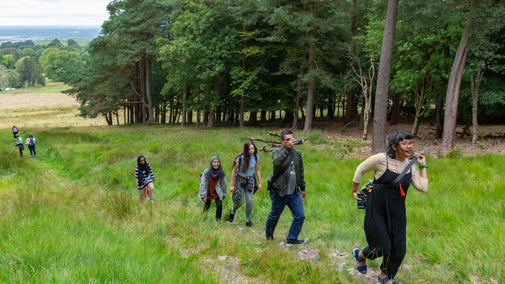White Rocks to St Agnes Beacon loop
Cornwall
This circular walk follows a gentle stretch of South West Coast Path from St Agnes Head to Wheal Coates before looping back via St Agnes Beacon. People have been coming to this spot for more than 6,000 years, ever since Mesolithic hunters first stopped here – scatterings of their flint weapons and tools have been discovered beyond the car park boulders. There are also foundations of Second World War ammunition stores and gun emplacements, where Bofors guns were mounted and used by trainee gunners.
Near to
St Agnes HeadStart point
St Agnes Head main car park, grid ref: SW699513Trail information
Get in touch
St Agnes Head, Off Beacon Drive, St Agnes, Cornwall, TR5 0NU
Our partners

We’ve partnered with Cotswold Outdoor to help everyone make the most of their time outdoors in the places we care for.
You might also be interested in
Walking
Explore some of the finest landscapes in our care on coastal paths, accessible trails, woodland walks and everything in between. Find the best places to walk near you.

Things to do at St Agnes Head
Explore dramatic clifftop walking trails, discover Cornwall’s Dark Sky stargazing spots and visit a small beach that boasts its own signature ice cream.

Staying safe at National Trust places
The special places in National Trust care sometimes come with a few risks for visitors, be it coastline or countryside. Find out how to keep safe throughout your visits.

Follow the Countryside Code
Help to look after National Trust places by observing a few simple guidelines during your visit and following the Countryside Code.

Cotswold Outdoor: our exclusive walking partner
Learn about the National Trust’s ongoing partnership with Cotswold Outdoor. Find out how they help us care for precious places and the exclusive discount available for National Trust supporters.

Walking in Cornwall
From strolls that reward you with stunning views of the South West coast to gentle inland meanders, these are some of the best walks in Cornwall.


